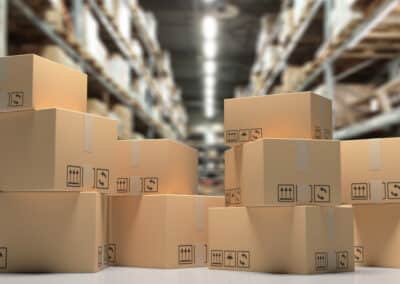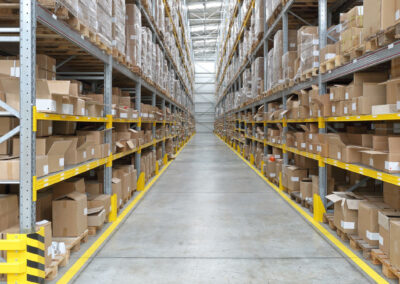Kitting in Logistics:
How to increase your e-commerce sales with product kits

by Esther Schwan – 12 min. read time
last updated 10/05/2024
What is kitting logistics?
The simplest way to describe kitting is to combine two or more items into a set. Kitting logistics refers to the logistical operations required in the warehouse. In logistics, a kit is treated as a unit with a common SKU and is often shipped in special packaging.
Growing companies often use fulfillment services to make the kitting process as efficient and cost-effective as possible.
What is the difference between kitting and bundling?
The terms kitting and bundling are often used interchangeably. However, there are differences between the two processes.
Bundling is the process of bundling multiple products together while maintaining their individual SKUs. In kitting, products are combined into a set and given their own SKU.
In fulfillment, bundles are assembled flexibly, while online retailers decide from the outset which products go into a kit. Logistics processes are then the same for each kit, increasing efficiency in the warehouse.
What types of companies benefit from kitting?
Kitting is ideal for companies whose product lines are constantly growing, who want to generate more sales with less logistics effort, and whose products lend themselves to subscription boxes or other types of sets.
Especially in the cosmetics industry, in food & beverage companies or for suppliers of electronic components, kitting is a good way to sell more products because they are often bought together or because the end products consist of certain components that need to be sold in a set.
Esther Schwan
PR & Content Marketing Lead DACH
Alaiko Posts




